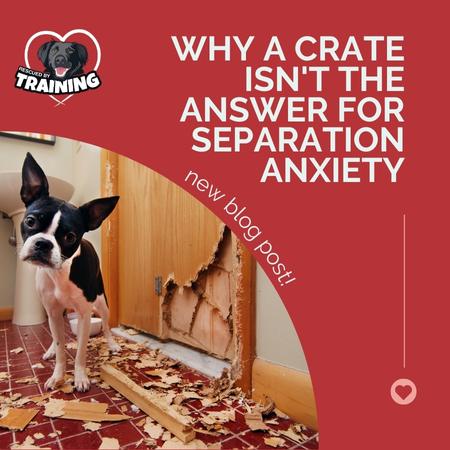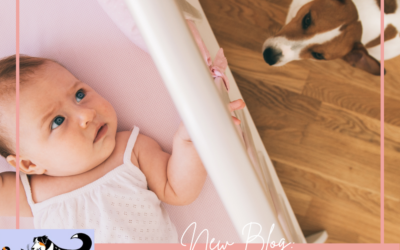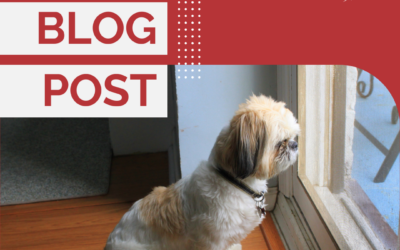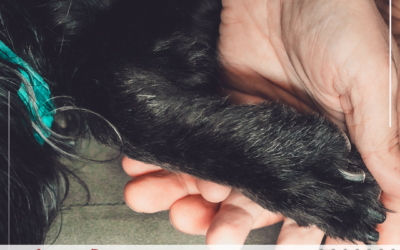While crate training has its place in some areas of dog training – house training, management and medical recovery come to the top of my mind, crating for separation anxiety is not one of those applications. This does get complicated if we have a dog who is still a puppy and needs to be crated for house training and for those unique cases, we figure out a solution. But overall, crating for separation anxiety dogs is not a recommendation that most separation anxiety specialists recommend.
Crating is often given as well-being, but incorrect advice by people, even other trainers and sometimes vets, who don’t know better, especially if the dog is having potty accidents or being destructive. As a certified separation anxiety trainer, we learn and see plenty of examples where dogs are far worse confined than free in the home.
And I know what you’re thinking. What about those “indestructible” crates? Nope.This is one of the things I cover in my free download, 5 Suggestions That Won’t Help Separation Anxiety, And Might Make It Worse. While these crates are very well-marketed to address owners’ concerns about their dog destroying valuable stuff, they do not address something more important: Simply containing a dog with separation anxiety will not help reduce their panic about being alone.
Think about it this way. If you are afraid of spiders and there are spiders in your house, would you feel better if I locked you in the room that was full of spiders all over the walls and floor? Probably not. You might try to break down the door, or bust the window to escape. You might bang on the door and scream to be let out. And if you were really afraid when that big furry tarantula started to crawl on you, you might even mess yourself. And your dog does all those same things.
So why don’t I recommend crating or otherwise confining? Here’s why. Very often dogs with separation anxiety who are confined experience the following:
- Increased anxiety
- Escapism behaviors
- Chewing
- Digging
- Scratching
- Barking, howling or other vocalizations
- Potty accidents
- Injuries from escapism
I’ve seen dogs with broken teeth, bloody paws, broken nails and who have pinched or gotten caught on their crate in an attempt to bust out of their confinement. And none of this confinement, whether in a crate or bathroom or other area, helps improve or resolve the underlying anxiety that is driving those outward symptoms.
If your dog is destructive or having potty accidents when left alone, we need to address that underlying alone time anxiety, not just figure out a way to confine the dog better.
So what do you do?
We teach your dog that absences aren’t scary. We break it down into bite-sized pieces your dog can handle. We data track everything. And we systematically desensitize your dog to absences, pre-departure cues and other components of your departure. My personalized training protocol keeps your dog below their threshold, ensuring they are never tipped into panic mode, which means there’s no destruction, potty accidents or injuring themselves. Recovery from separation anxiety is possible! Clients all over the world have successfully helped their dogs recover and I can help and your dog.
If you need more guidance, or would like your dog to graduate from my separation anxiety program, set up your initial assessment today!
Happy training!
![]()




